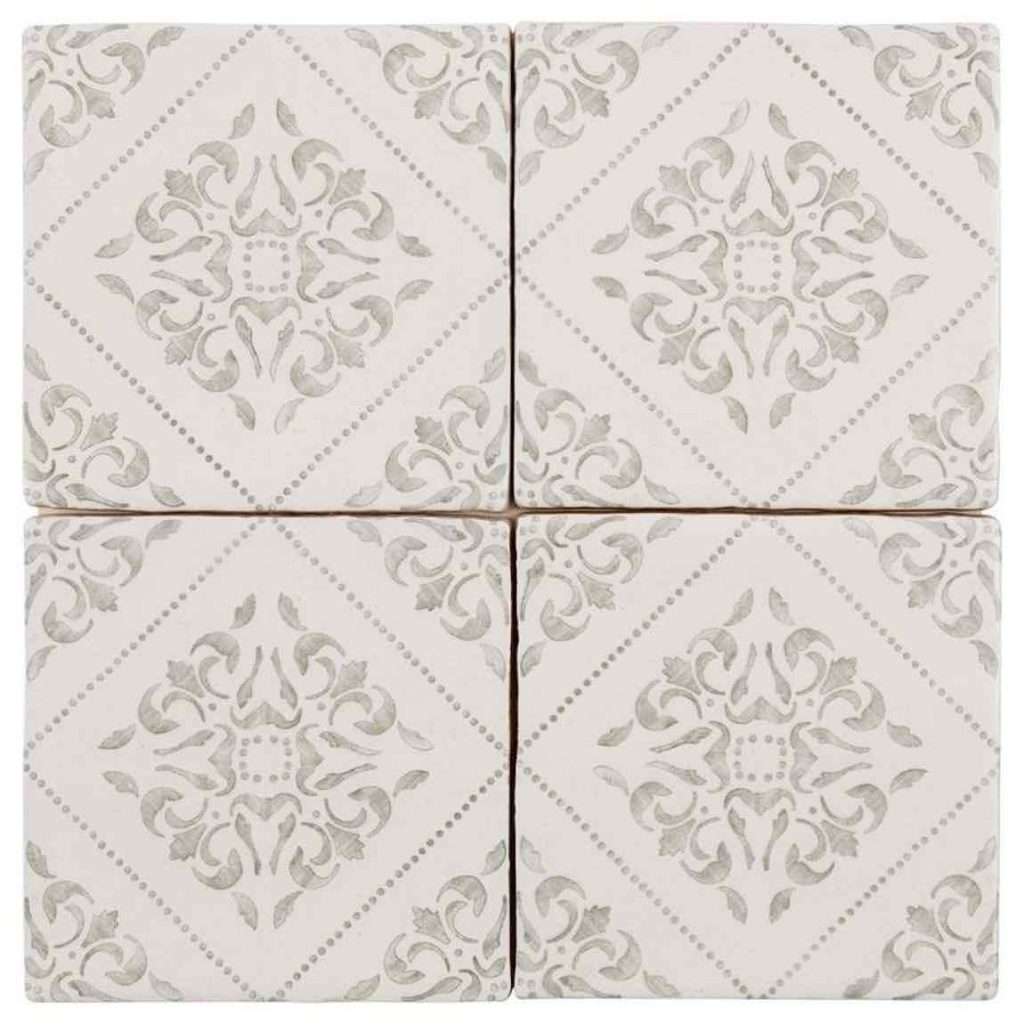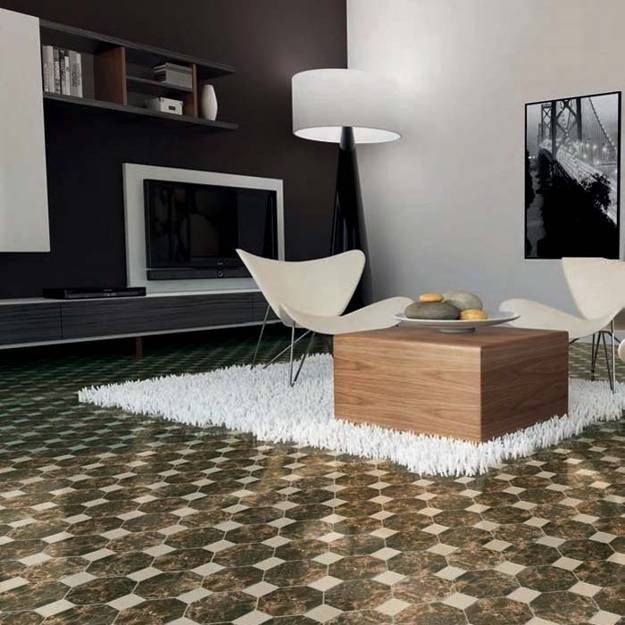Exploring the Latest Color Trends in Ceramic Tiles
As design preferences evolve, the latest color trends in ceramic tile are emerging. Homeowners and interior designers are now looking at ceramic tile not just as a utility product but also as a key design element. This year, we see distinct color trends that add personality and character to any space. Vibrant hues are making a big comeback, replacing the muted and monochromatic palettes of previous years. Earthy tones such as terracotta, sage green, and sandy beige are gaining popularity for their natural and calming effect.
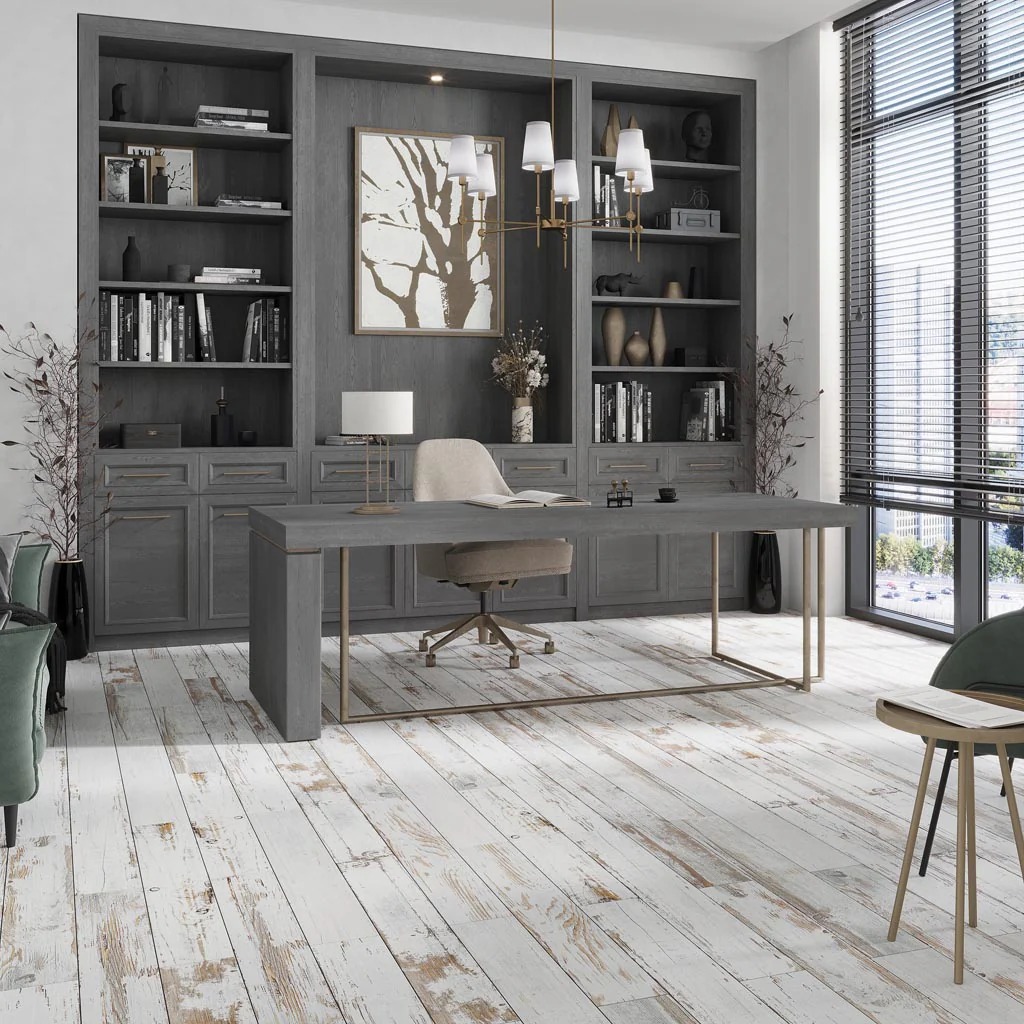
Innovative Patterns and Shapes Taking Over Tile Design
Ceramic tile design has moved beyond the traditional. Today, innovative patterns and unique shapes are at the forefront of tile design trends, reshaping how we view interior spaces. Here are some of the most striking ways that patterns and shapes are influencing tile design:
- Geometric Patterns: From hexagons to chevrons, geometric patterns bring a modern edge to rooms. These designs can create a focal point or unite other design elements in a space.
- Moroccan Influences: Intricate Moroccan tile patterns offer a global flair, infusing spaces with a sense of exoticism and craft.
- Herringbone and Chevron: These timeless patterns are seeing a resurgence, often used in floor tiling to add movement and direction to a room.
- Mosaic Tiles: Small, colorful mosaic tiles allow for personalized design statements and can transform walls into works of art.
- Abstract and Artistic Designs: For those daring enough, tiles with abstract and artistic patterns can turn a wall into a stunning masterpiece.
The shift to more creative shapes and patterns in ceramic tile also allows for a more tailor-made space that reflects personal style. Subtle variations or bold departures from the norm can significantly impact a room’s overall aesthetic and feel.
As ceramic tile continues to evolve, the trend toward distinctive patterns and shapes showcases the versatility and creative potential of this material. These innovative designs give homeowners the freedom to express their unique style and preferences. Be sure to embrace these trends when considering a new tiling project to ensure a stylish and contemporary home interior.
The Rise of Textured and 3D Ceramic Tiles
The world of ceramic tile design is constantly evolving. Recently, textured and 3D ceramic tiles have risen in popularity, creating dynamic spaces filled with life and character. These tiles are more than just flat, two-dimensional options; they offer tactile experiences and visual depth that can transform walls and floors into a statement piece.
Textured tiles come in various finishes, including matte, gloss, and even hand-scraped designs, each giving a distinct feel to a room. They can mimic natural elements like stone, wood, or fabric, adding an organic touch to the interior. Such textures also have practical benefits, such as increased grip and safety in wet areas like bathrooms.
3D tiles go a step further by adding geometric and sculptural elements to interiors. These tiles create shadows and highlights that shift with the daylight, giving a room an almost living quality. From rippled surfaces to intricate raised patterns, 3D tiles invite homeowners to not just see their walls but to feel them.
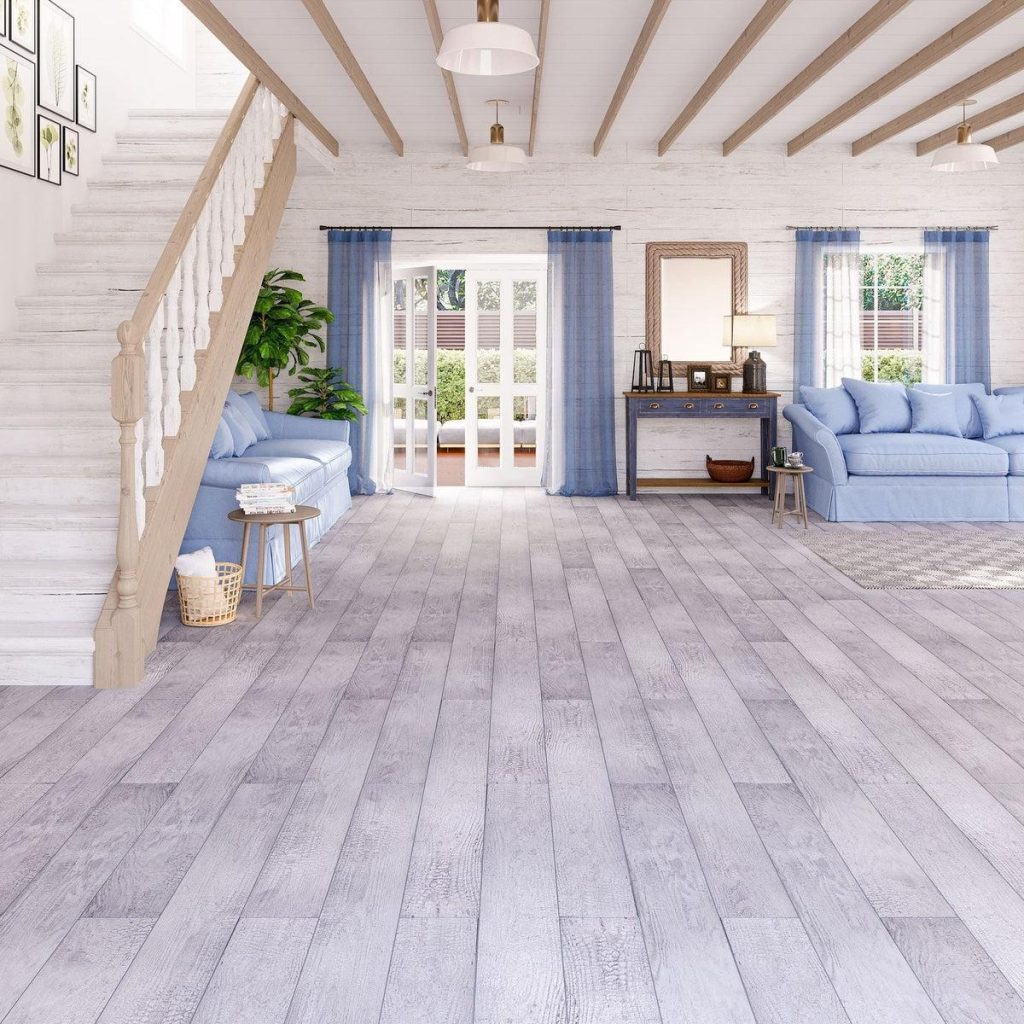
Eco-Friendly and Sustainable Tile Options
In the world of home design, sustainability is now a key priority. Eco-friendly ceramic tiles have become an attractive option for homeowners seeking to reduce their environmental impact. These tiles are made from natural materials, are often recyclable, and use less energy during production.
When exploring eco-friendly tile options, consider the following:
- Recycled Content: Look for ceramic tiles that contain recycled materials. This reduces waste in landfills and the demand for raw materials.
- Low VOC Emissions: Tiles with low volatile organic compound (VOC) emissions contribute to better indoor air quality, creating a healthier living environment.
- Energy-Efficient Manufacturing: Tiles manufactured using green technologies and renewable energy sources have a smaller carbon footprint.
- Longevity and Durability: Durable tiles last longer, meaning less frequent replacements and a reduction in resource usage over time.
- Local Sourcing: Choosing locally-made ceramic tiles can cut down on transportation emissions, furthering your commitment to eco-friendliness.
- Certifications: Look for sustainability certifications from recognized organizations. These certifications signify that the tiles meet specific environmental standards.
The trend towards sustainable living is reshaping the ceramic tile industry. By opting for eco-friendly and sustainable tiles, you support environmental conservation while maintaining style and elegance in your home.
Technology Integration: Digital Printing and Ceramic Tiles
The union of digital printing technology with ceramic tile manufacturing has revolutionized tile design. This cutting-edge process allows for high-definition images to be printed directly onto tiles, offering an unlimited palette of colors and intricate patterns. Let’s delve into the significant benefits of digital printing in ceramic tiles:
- Enhanced Visual Appeal: Digital printing on ceramic tiles produces sharp, vibrant images. It opens up a world of design possibilities that were once hard to achieve.
- Customization Options: This technology gives you the power to personalize your space. You can now have custom designs, such as family photos or unique artwork, printed on your tiles.
- Replication of Natural Materials: Digital printing excels in mimicking natural textures like hardwood, marble, and stone, delivering the look without the upkeep or cost.
- Consistency in Design: It ensures uniformity in patterns and hues across multiple batches of tiles, important for cohesive interior design.
- Eco-Friendly: Compared to traditional methods, digital printing is less wasteful. It reduces the need for varied manufacturing runs and minimizes excess.
In embracing digital printing, ceramic tile manufacturers are not just keeping up with design trends; they are setting them. This synergy of technology and aesthetics means that the once traditional ceramic tile is now a canvas for personal expression and style innovation. And with ongoing advances, we can anticipate even more remarkable developments in how ceramic tiles enhance our living spaces.
Advantages of Large-Format Ceramic Tiles
The use of large-format ceramic tiles is a growing trend in the design world. These tiles, often measuring 24 inches by 48 inches or even larger, offer several advantages that make them a preferred choice among homeowners and interior designers. Here are some of the key benefits of incorporating large-format ceramic tiles into your home design:
- Aesthetic Continuity: Large-format tiles provide a seamless and continuous look. Fewer grout lines mean a more cohesive appearance on floors and walls.
- Space Enhancement: These tiles can make a space appear larger. The expansive size of the tiles creates an illusion of openness, perfect for smaller rooms.
- Modern Look: Their impressive size gives a modern and luxurious feel to interiors. Large-format tiles are often associated with high-end design.
- Maintenance Ease: With fewer grout joints, large-format tiles are easier to clean. This makes them a practical choice for busy spaces.
- Versatility: These tiles are versatile and can be used in various settings including bathrooms, kitchens, and living areas.
- Efficient Installation: Although the tiles are large, installation can be quicker. Larger tiles cover areas fast, reducing labor time.
Embracing large-format ceramic tiles can significantly impact the overall look and feel of a space. They are a sleek, stylish, and practical option that aligns with contemporary design trends. As you explore ceramic tile options, consider the impressive advantages of large-format tiles for your next project.
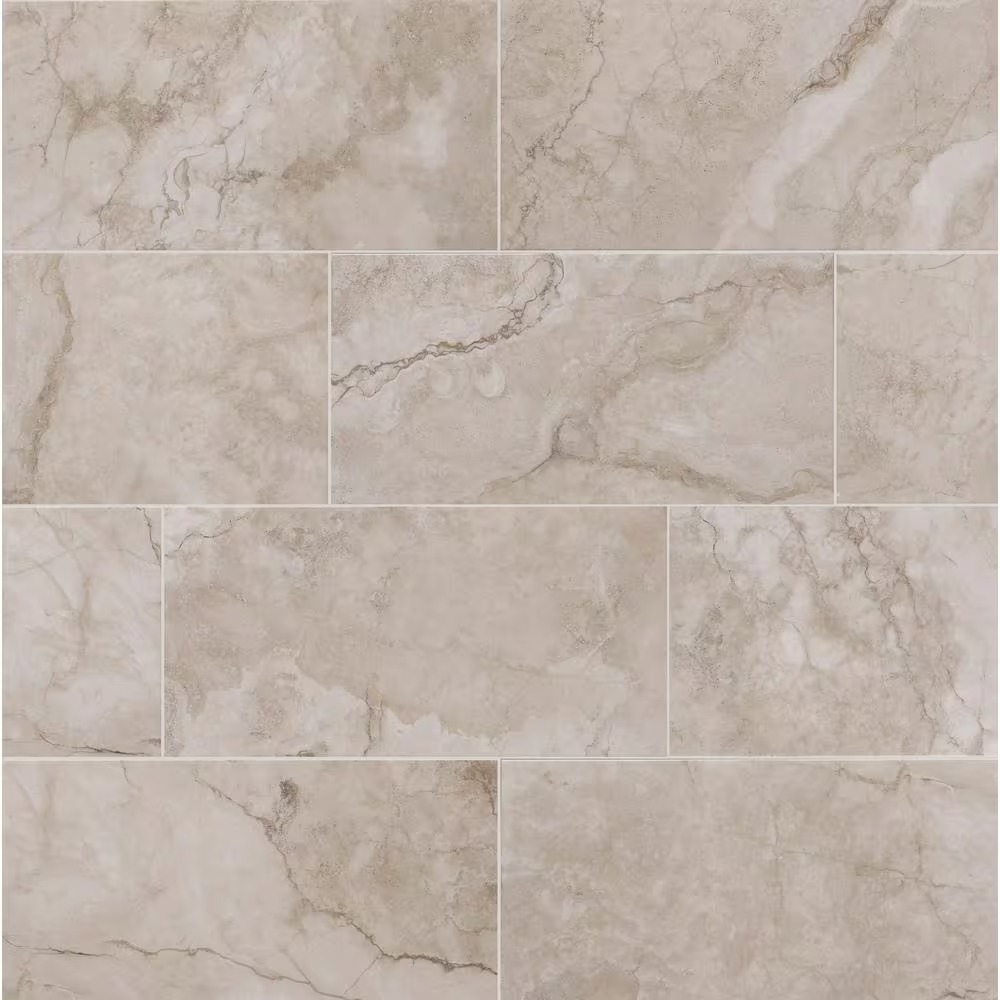
The Impact of Grout Choice on Tile Aesthetics
Choosing the right grout for ceramic tile is crucial. The grout color and texture can greatly influence the look and feel of tiled spaces. When considering grout options, many don’t realize how impactful this choice can be.
Here’s how grout choice can affect tile aesthetics:
- Contrasting Grout Colors: Using a grout color that contrasts with the tiles can highlight patterns and shapes. It brings out the design and adds visual interest to the space.
- Coordinating Grout Colors: For a more subtle, seamless look, matching the grout to the tile color is key. It can make the area appear larger and more unified.
- Grout Line Size: The width of grout lines also plays a role. Wider lines can make a statement, while thinner lines give a more refined finish.
- Textured Grout: Textured or glittery grout adds a unique touch. It can give a sparkling effect or a rustic charm, depending on the style chosen.
The choice of grout can either enhance or detract from the overall design. It’s an essential element to consider when planning your ceramic tile installation. For stylish homes, making the right grout choice can elevate the aesthetic appeal of your tiled areas.
Combining Ceramic Tiles with Other Materials
Ceramic tiles pair well with various materials to create unique designs. When mixed with other elements, tiles can enhance the aesthetic and function of a space. Here are ways to combine ceramic tiles with different materials:
- Wood: Blending tiles with wood brings warmth to interiors. Wood borders or insets can soften the look of ceramic floors.
- Metal: Metal accents with tiles give a sleek, modern edge. Stainless steel or brass can outline tile work, adding luxury and shine.
- Glass: Glass mosaic tiles mixed with ceramic create light and depth. This combo is perfect for kitchen backsplashes or bathroom walls.
- Stone: Combining stone with ceramic tiles offers a mix of textures. It’s ideal for feature walls or as a way to define areas.
- Concrete: Industrial-style spaces benefit from ceramic tiles with concrete. Concrete’s cool tones contrast well with colorful tiles.
Pairing ceramic tiles with these materials can elevate a room’s decor. It adds layers of texture and color for a dynamic, stylish finish. When selecting materials to match with ceramic tiles, consider the room’s overall theme and desired ambiance.
